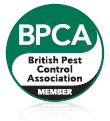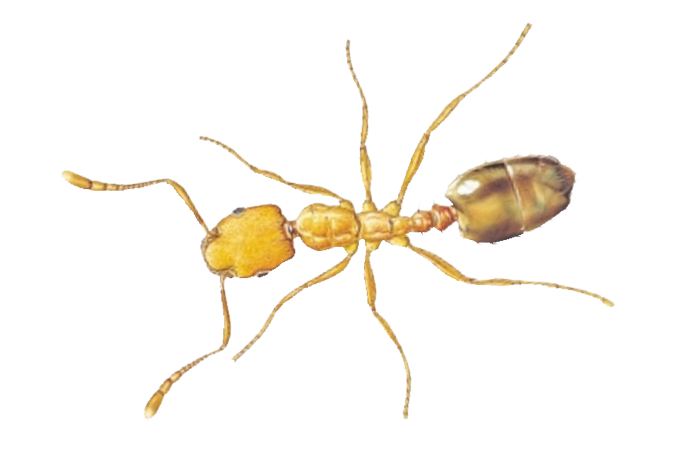- Pest Control Belfast
- County Antrim Pest Control
- Electric Fly Killer Machines
- Air Sterilisation
- Odour Control Products

Belfast | N'Ards
Belfast: 028 9079 6026
N'Ards: 028 9181 8313
M: 07968 155703
Fleas
- Home
- /
- Fleas
Fleas
Fleas can be vectors of disease or may transmit parasitic worms. The most serious infection which they can spread is bubonic plague, transmitted to man by rodent fleas (Xenopsylla cheopis) which carry the causative bacillus from infected rats. In the past rodent fleas have been responsible for serious epidemics of the disease, notably the Black Death in Europe and Asia in the 14th to 17th centuries. Rodent fleas may also carry murine typhus and, because of their readiness to attack humans as well as rats, are probably the major flea vector of disease.
The Dog flea is an intermediate host of the Dog tapeworm (Dipylidium caninum), whose vertebrate host is usually the dog (occasionally the cat) but which can sometimes be transmitted to man.

In Europe fleas are not generally responsible for the transmission of disease. However, they are still objectionable because of the bites they inflict and the deep-rooted social stigma attached to humans with flea infestations. Occasionally psychological problems arise with the induction of delusory parasitosis, in which the victim imagines he is infested with ectoparasites.
Flea bites are identified as a tiny dark red spot surrounded by a reddened area. The bite persists for one or two days and is intensely irritating. First bites are not generally liable to cause serious reactions, but they may lead to hypersensitivity. Reactions are usually delayed following regular biting over a long period; there will then follow a period when reactions are immediate. The cycle then repeats until a state of non-reactivity – immunity – is achieved.
Control (Seek professional Advice)
Selecting flea control measures depends to a large extent on the size of the problem. In many instances infestations of well kept houses can be easily traced to pets. Where this is not the case it is useful to establish the pest species. This will help to identify possible hosts and even the foci of the infestations. Control measures must be directed at the brood as well as the adult fleas.
(A) Hygiene / Management
Regular cleaning will deny the insects their breeding site and so make an important contribution towards their control. Infested clothing, beds and bedding should be destroyed by burning or thoroughly cleaned and the same measures employed when dealing with old bird and animal nests. Accumulations of debris should also be removed from cracks and crevices such as the cracks between floorboards, and the whole area thoroughly cleaned.
(B) Insecticidal Control
Insecticides can be used to treat infested premises and protect them from reinfestation. In addition, hosts can be treated directly, or rodenticides employed.
Host treatments
Insecticidal products are available which have been specifically formulated and registered for use on the host animals. Only these products should be applied to animals and care should be taken to follow the manufacturer’s instructions.
Rodenticides
Where rats and mice have been identified as the primary hosts in flea infestations, rodenticides can be used to control them and, indirectly, the fleas.
More Information – Fleas PDF Factfile















